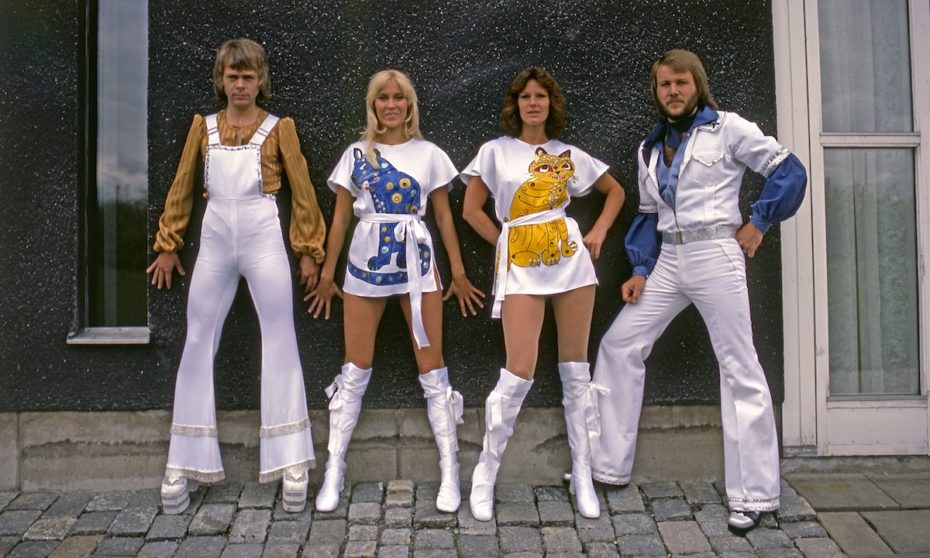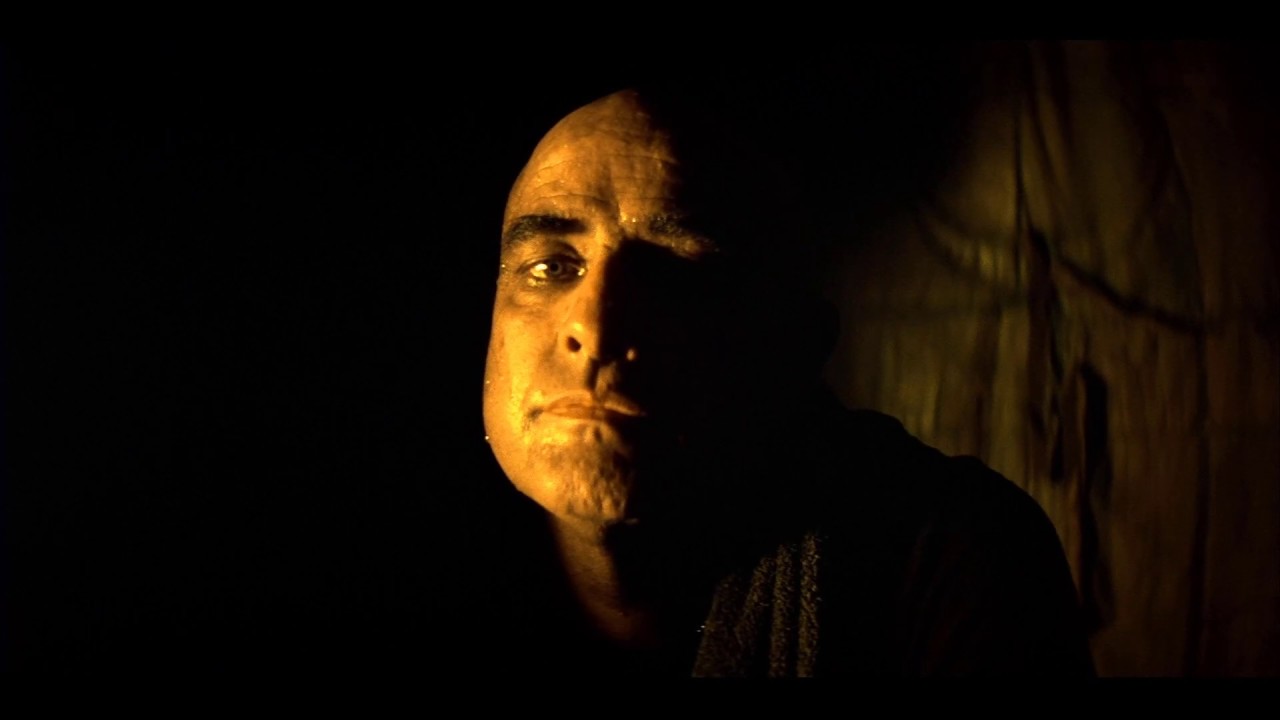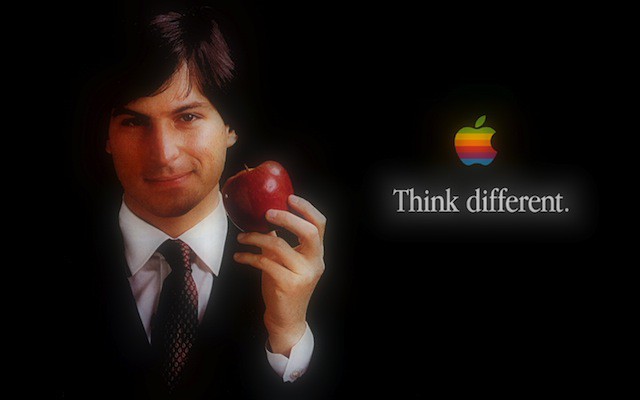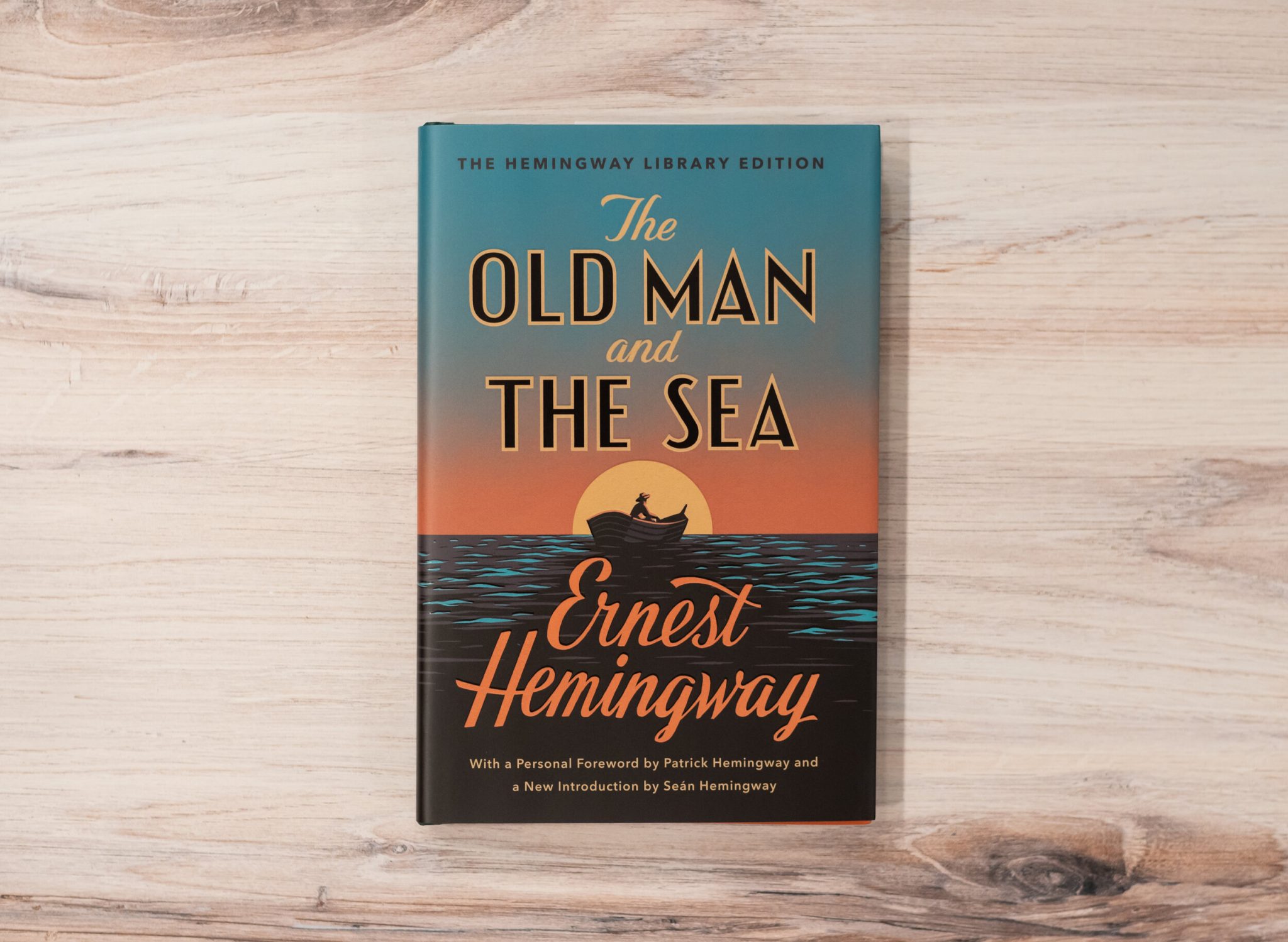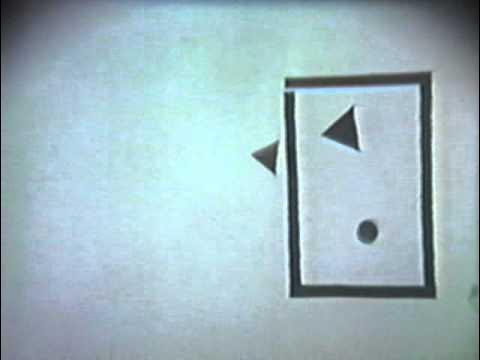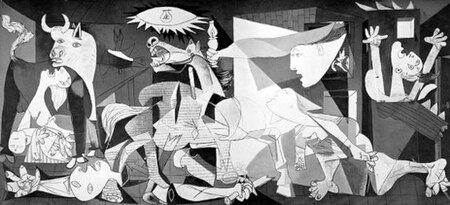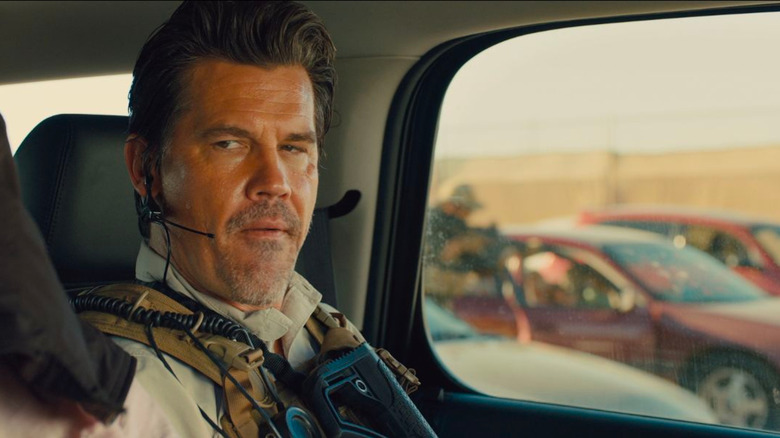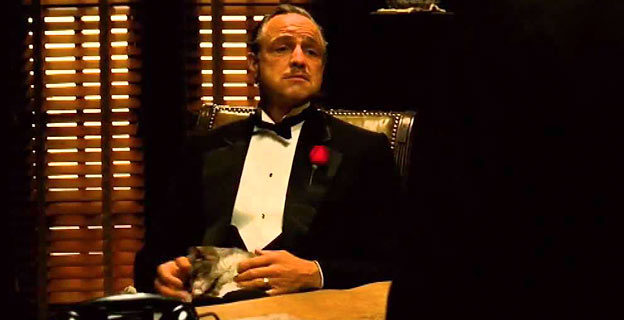The glittering hotpants, sequined jumpsuits and platform heels that ABBA wore wasn’t an attempt to stand out. It was a money saving scheme: Swedish tax authorities had special tax discounts for items of clothing bought for work purposes that couldn’t be worn for everyday life.
Inferring meaning where none exists
We use complex theories to explain events, but the truth is more straightforward.
It’s a staple of British advertising and a perfect illustration of the product’s softness. Well not quite. The original idea in 1972 was for a young girl to run through a house trailing a roll of Andrex. But TV regulators didn’t approve this as they felt it encouraged children to be wasteful. So Andrex decided to use a Labrador puppy instead.
In the legendary war film, Marlon Brando plays an almost mythical character – appearing in only one scene, dressed in black, and hidden in the shadows. But this was only because he arrived on set extremely overweight and unable to wear his costume, so director Francis Ford Coppola edited the film to hide his figure.
Did Steve Jobs choose the name Apple as a homage to Isaac Newton? Or to Alan Turing? Who died after biting into an apple laced with cyanide. No, the real reason was much more boring: Jobs chose the name after visiting an apple orchard. He also wanted the company to be listed before Atari in the phone book.
After a dog walker found a mysterious crater on a beach near Dublin, the media quickly claimed it was a meteor strike from a cosmic event. That was until someone on Twitter revealed the truth: “Lads I’m in bits. Some fellas literally dug it the day before with a kid’s shovel.”
Charli XCX used a text cover for Brat – her breakout album of 2024 – purely to save money. She didn’t think the album would appeal to lots of people, so didn’t want to waste money on the album design.
When the football icon shaved his hear in 1999, journalists said it was an intentional move to mark “his rite of passage from single man to husband and father.” But according to Victoria’s memoir it was her own stylist who suggested it: “David would have been happy with just a bit of a crop.”
When asked about the symbolism in his novella ‘The Old Man and the Sea’, Ernest Hemingway simply said this: “Then there is the other secret. There isn’t any symbolysm [sic]. The sea is the sea. The old man is an old man. The boy is a boy and the fish is a fish. The shark are all sharks no better and no worse. All the symbolism that people say is shit.”
In 1944 two researchers, Heider and Simmel, showed people some basic animated shapes and asked them to describe what they saw. The abstract shapes soon became a story. Viewers saw characters with emotions, motivations, and purpose. They personified the inanimate figures using words like “escaped,” “slammed,” “danced,” or “kissed” to describe their actions. They depicted them with tempers; as cowardly, or as viciously conspiring. If you ever needed proof that humans are meaning making creatures, this is it.
The reason the monster is kept hidden for most of the film isn’t artistic expression – it’s because the mechanical shark stopped working during filming. But as director Steven Spielberg says: “I think the shark not working when we needed it to probably added $175 million to the box office, because what’s scary about the movie is the unseen, not what we see.”
When pressed to explain the elements in Guernica, Pablo Picasso said: “This bull is a bull and this horse is a horse… If you give a meaning to certain things in my paintings it may be very true, but it is not my idea to give this meaning… I make the painting for the painting. I paint the objects for what they are.”
In the film Sicario, Josh Brolin’s character pauses and looks away before he reveals the big plot twist: the FBI is trying to create single Colombian-run business that the US can more easily control. But the pause only came about because Josh Brolin forgot his lines.
In one of the film’s most iconic scenes, Don Corleone scolds a man for visiting him on the day of his daughter’s wedding – while petting a cat. Was the cat a metaphor for Vito’s cunning nature, or perhaps his soft and calm exterior that bellies his brutal acts? Neither. According to director Francis Ford Coppola, “the cat was not planned for, I saw the cat running around the studio, and took it and put it in his hands without a word.”

